To discover ways to truly push the boundaries of progression or innovation, focusing on patterns, behavior and desires of tomorrow’s consumer is essential. Demographics, in their traditional sense, will no longer conform to segmented categories – age, gender, income, marital status, geographical location. Today and tomorrow’s consumers are creating identities more freely and openly than ever before. The impact of which will change our assumptions, redefine data analytics and shift consumer targeting across a multitude of consumer profiles.
Let’s focus on three trends significantly impacting business development, which are quickly applying to every demographic, no matter how they are defined.
Mobility – A cliché buzzword – mobile. Highly used, but completely accurate. Mobility is changing the way we live, how we function, and our manner of consumption. It is forecasted by 2017 we will see 450 million mobile payment users, up from 245 at the end of 2013 (Juniper Research, June 2014). And by 2020, 1 in 5 sales will result from data collected by wearable devices (Forrester, October 2014).
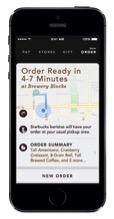
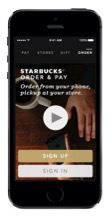 Starbucks introduced Mobile Order and Pay in Portland stores at the end of 2014, enabling consumers to place orders in advance of their visit and pick them up at their selected location. Apple Pay was widely adopted upon release, allowing seamless, instant purchases from your phone. As an iPhone fan and lover of Soap.com (try it, you’ll love it), I’m instantly gratified by how quickly can verify and checkout my shopping cart with a scan of my thumbprint. Starwood, Hyatt and Hilton hotels have been test piloting checking in, and accessing your room through your mobile phone, allowing you to skip the front desk line. As an iPhone fan and lover of Soap.com (try it, you’ll love it), I’m instantly gratified by how quickly I can verify and checkout my shopping cart with a scan of my thumbprint.
Starbucks introduced Mobile Order and Pay in Portland stores at the end of 2014, enabling consumers to place orders in advance of their visit and pick them up at their selected location. Apple Pay was widely adopted upon release, allowing seamless, instant purchases from your phone. As an iPhone fan and lover of Soap.com (try it, you’ll love it), I’m instantly gratified by how quickly can verify and checkout my shopping cart with a scan of my thumbprint. Starwood, Hyatt and Hilton hotels have been test piloting checking in, and accessing your room through your mobile phone, allowing you to skip the front desk line. As an iPhone fan and lover of Soap.com (try it, you’ll love it), I’m instantly gratified by how quickly I can verify and checkout my shopping cart with a scan of my thumbprint.
 Shared Resources – Our world now focuses on collaborative and social communities. We are connected with our friends, colleagues and family all the time. With social media, mobile and new technologies, we can find ways to address social, economical and environmental challenges. Many companies pushing that realm of innovation are developing easy ways to make an impact, and employing fair-splitting, real-time tools and data helping consumers seamlessly share costs.
Shared Resources – Our world now focuses on collaborative and social communities. We are connected with our friends, colleagues and family all the time. With social media, mobile and new technologies, we can find ways to address social, economical and environmental challenges. Many companies pushing that realm of innovation are developing easy ways to make an impact, and employing fair-splitting, real-time tools and data helping consumers seamlessly share costs.
The widely known Uber launched 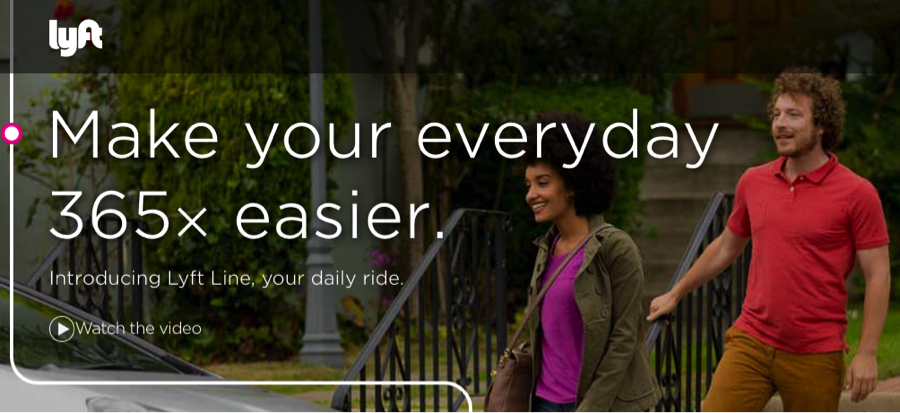 Uberpool, to share a ride and split the cost with another person along the same route, similar to Lyft Line where riders can save up to 60% by picking up other passengers along the way. By the end of 2014, 30% of journeys in San Francisco we be via Lyft Line.
Uberpool, to share a ride and split the cost with another person along the same route, similar to Lyft Line where riders can save up to 60% by picking up other passengers along the way. By the end of 2014, 30% of journeys in San Francisco we be via Lyft Line.
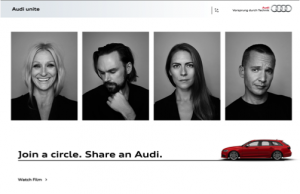
There’s also Audi Unite, “Mobility engineered around you and your network,” so stated in their video. It’s a fancier, sportier and more private option to share a car with only your people, verses Zipcar or City Car Share. Guevara expands the shared car movement with peer-to-peer car insurance, allowing you and a select group of people to be covered on one car, under one plan.
Simplified Experiences – It’s no doubt both mobility and shared resources help restructure and simplify daily functions, but so many businesses are just beginning to redefine simplification. Comprehensive, user-friendly, high functioning and all-inclusive systems are essential to the survival of any business or industry (especially one like franchising). Consumers want…no expect, seamless integration from one device to another and consistent experiences online and offline.
It’s easy to forget how something which now seems simple, with a click of a button, is the end result of a complicated string of events. Look at how Amazon is modernizing product purchases, fulfillment and delivery with the adoption of kiva robots. Seeing the intricate web of events when I tap a couple of buttons to make an Amazon Prime purchase on my iPhone, which then shows up in a day or two, is eye opening. Zapier puts the power of integration in the hands of everyone by connecting all the web apps you use and automating tasks.
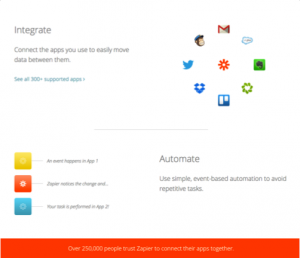 There are many consumer trends influencing the landscape of our future and these are just three, but I think are among the top shifting business growth, development and lifestyle change.
There are many consumer trends influencing the landscape of our future and these are just three, but I think are among the top shifting business growth, development and lifestyle change.
What’s your top consumer trend?
Share your thoughts with us in the comments section!